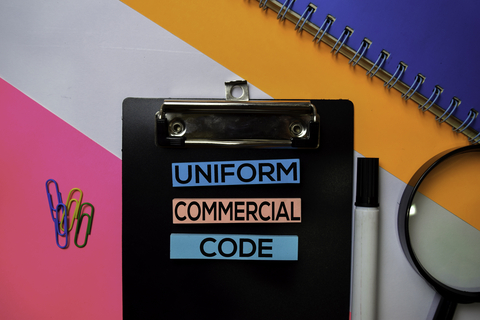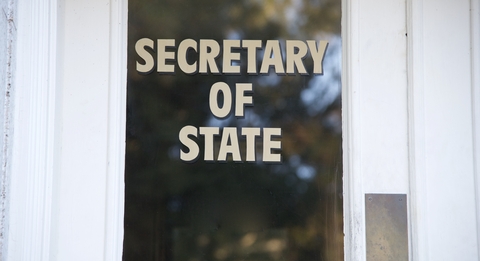Buyer beware: Can you trust your information sources?
In a recent post, I talked about the importance of verifying your sources, and, in response, many of you have asked me this:
“How do I know if I can trust the information I find?”
The short answer? You really can’t.
Fake news and bad information are not new. Librarians have been curating collections for generations, and now, because the middle person is taken out of the equation and we’re dealing directly with bad info and its fallout, it’s a little shocking.
We see deliberate misinformation and innocent mistakes. Out-of-date info and information from people with ulterior motives. We’ve seen it all before, but what’s different now is the technology, making the problem much worse.
So, how do you trust what you’ve gathered in your online research? How do you know if you can actually use the information and share it with others?
I recommend a two-pronged approach: Diligence and Disclaimers
First, the diligence:
Take a close look. At everything. Scan each website, document, or piece of information for clues about its validity. Then judge what you see according these five criteria:
- Accuracy: Where do they get their information? What are their sources? If they don’t list those, look for contact information for actual people to ask. None there? That’s a big red flag.
- Authority: What are the author’s or editor’s qualifications? Does the data come from a reputable publisher? Who else points to this source? Are they reputable, and can you trust their recommendation?
- Objectivity: Can you spot any obvious biases? Any sponsors? What’s the purpose in publishing this info? Do they aim to inform? Persuade? Advertise? Remember that it’s OK to use information that you may not agree with – if it comes from a credible source.
- Date: Is the information current, or does it cover the appropriate time frame? Look for last update (not always accurate, though) and other clues such as news stories and dated articles. Are they current or getting a little dusty?
- Coverage: Is this what you really need based on your key investigative questions, or would it just add to the noise? Are you part of the intended audience (e.g., professional vs. non-professional)? Does the info make sense in light of what else you know or have found?
After you’ve evaluated the information according to these five criteria, don’t assume it’s not flawed. You’ve put in your best efforts, but we all work within certain limitations and realities. Databases – and the people and machines entering the records – make mistakes. Maybe we or they had bad information to start, or you have so little information to work with that the investigation and your diligence can only go so far.
After being diligent about your sources, it’s time for the disclaimers.
Depending on the type of searching and the situation, inform stakeholders about the limitations of online investigations. Consult an attorney, and create clear statements about what your databases include and don’t include and the risks involved, and put these statements in your reports.
Besides statements that inform, watch your language when reporting findings. Don’t confirm what you can’t or say what you shouldn’t. Just state the facts and use phrases such as “It appears that..” and “Further confirmation will be necessary…”
Diligence and disclaimers. It’s all part of becoming information literate and knowing how to get the best answers – without making any promises you can’t keep.



